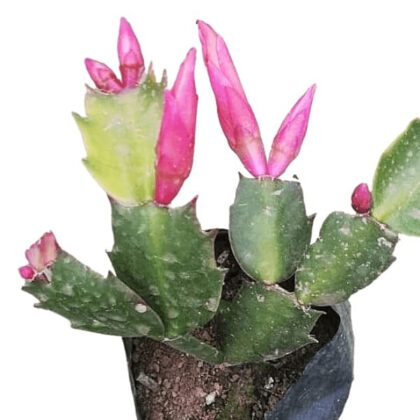Plant Care
- Light: Texas cacti generally require bright, direct sunlight to thrive. Place them in a location where they can receive full sun for several hours each day, especially during the growing season.
- Watering: Water sparingly, allowing the soil to dry out completely between waterings. During hot, dry periods, increase watering frequency slightly, but be cautious not to overwater as cacti are susceptible to root rot.
- Soil: Use a well-draining cactus mix or sandy soil suitable for desert plants. Avoid heavy, moisture-retentive soils that can lead to waterlogging.
- Temperature: Texas cacti are adapted to hot, dry climates and prefer warm temperatures. They can tolerate heat well but should be protected from extreme cold, especially during winter.
- Humidity: Texas cacti thrive in low humidity conditions typical of desert environments. They do not require high humidity levels and can adapt well to dry indoor environments.
- Fertilization: Fertilize sparingly with a balanced, low-nitrogen fertilizer diluted to half strength during the growing season (spring and summer). Avoid excessive fertilization, especially in poor soil conditions.
- Container: Use shallow, well-draining containers with adequate drainage holes to plant Texas cacti. Ensure the containers allow excess water to escape to prevent waterlogging.
- Pruning: Texas cacti generally do not require pruning except for removing dead or damaged parts. Use caution when handling to avoid injury from spines.
- Propagation: Texas cacti can be propagated from seeds or by taking stem cuttings. Allow cuttings to callus before planting them in well-draining soil.
- Pests: Watch for common cactus pests such as scale insects, mealybugs, and spider mites. Treat infestations promptly with insecticidal soap or neem oil.
- Support: Most Texas cacti do not require support. Ensure they are planted in stable containers and have adequate space to grow without overcrowding.




